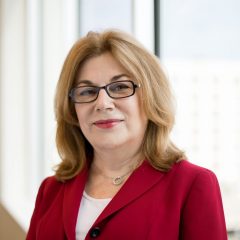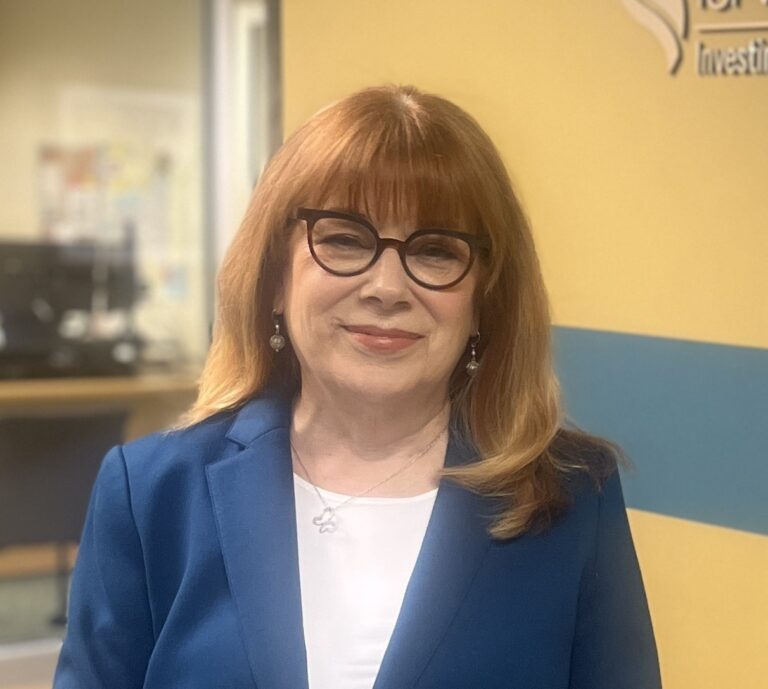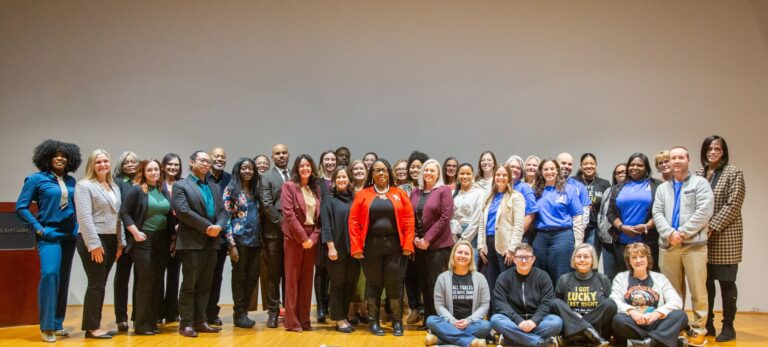By Nora OBrien-Suric, Ph.D.
President

When we talk about improving health, communities matter.
Expanding access to high quality, affordable medical care and health services is certainly important, but where we live, work and play also has an outsized impact on our long-term health and wellness.
That’s why the Health Foundation recently joined with the New York State Office for the Aging, as well as AARP and the New York Academy of Medicine, to launch a state-wide effort to help communities come together and address these critical, locally-driven, social determinants of health, particularly for older adults.
Together, we announced a new public-private initiative to nurture more livable and age-friendly counties, cities, and villages across the state. The multi-year effort will provide $1.6 million in state and foundation funds to 13 localities to think and act on a community level and create healthier places to grow up and grow old. It is a down payment on New York’s membership in the World Health Organization–AARP Network of Age-Friendly Communities, which the state joined earlier this year. As part of the larger effort, the Health Foundation will support a learning collaborative of the participating communities that will spread best practices, as they develop, across the state. The New York Academy of Medicine, which started and now manages Age-Friendly NYC, will facilitate the collaborative and provide technical assistance to grantees.
We announced this ambitious work at the AARP Leading on Livability Summit in Syracuse on August 2 and 3. Elected officials, policymakers, community groups and experts from around the state and from as far away as Las Vegas, NV—all gathered for a series of provocative plenaries and breakout sessions. The Summit allowed participants to dig in and learn what it will take to take to strengthen our communities in ways that enable more people to live healthier, better, and longer.
Going Deeper
Health-focused community development is not business as usual for most organizations. There are longer time frames and heavy doses of collaboration across multiple sectors and service silos. And perhaps most importantly, this work requires a sophisticated ability to engage community members, listen to their needs, and co-design effective responses.
That’s why the Health Foundation co-sponsored an (oversold) pre-conference intensive for the Leading on Livability Summit. More than 100 representatives of community groups from around our region and the state joined us. Participants heard from Ryan Voisin of Overlap Associates, a Toronto firm that specializes in human-centered design and helping organizations deepen their community engagement skills. The group experimented with several tools that can elicit community input and buy in and develop program vision and priorities.
Ann Monroe, former Health Foundation president and chair of the board of Grantmakers In Aging, led a discussion around the importance of language, particularly in engaging the community around issues related to health and older adults. The right messaging is critical to creating connection and confidence. “Progress moves at the speed of trust,” she said. “We can’t over-estimate the need for trust-building when working with our community.”
We believe it is just these kinds of engagement and communications skills that will help community leaders and organizations in Western and Central New York compete for state funds and then do this critically needed work on behalf of older adults and people of all ages.
It takes a whole community to help us stay healthier as individuals. Economic development, better housing, more accessible transportation, safer streets, stronger neighborhood social services, civic engagement—these don’t seem like health issues at first blush. At the Health Foundation, however, we see the connection. We are opening up our thinking and supporting partnerships to enhance the places where we live, so we can accelerate our progress towards improving the health of all people, especially young children and older adults here in Western and Central New York.



